When looking at the massive, shaggy creatures that roam the North American plains, many people casually refer to them as “buffalo.” However, this common terminology masks an important biological reality: these animals are properly called bison, and they share a much closer evolutionary relationship with cattle than with true buffalo species found in Africa and Asia. This distinction isn’t merely semantic—it reflects thousands of years of evolutionary history and helps us better understand the place of these magnificent animals in the natural world. The scientific evidence from genetic studies, anatomical comparisons, and evolutionary timelines clearly demonstrates that bison and domestic cattle share a much more recent common ancestor than either does with African or Asian buffalo species.
Taxonomic Classification: Understanding the Family Tree
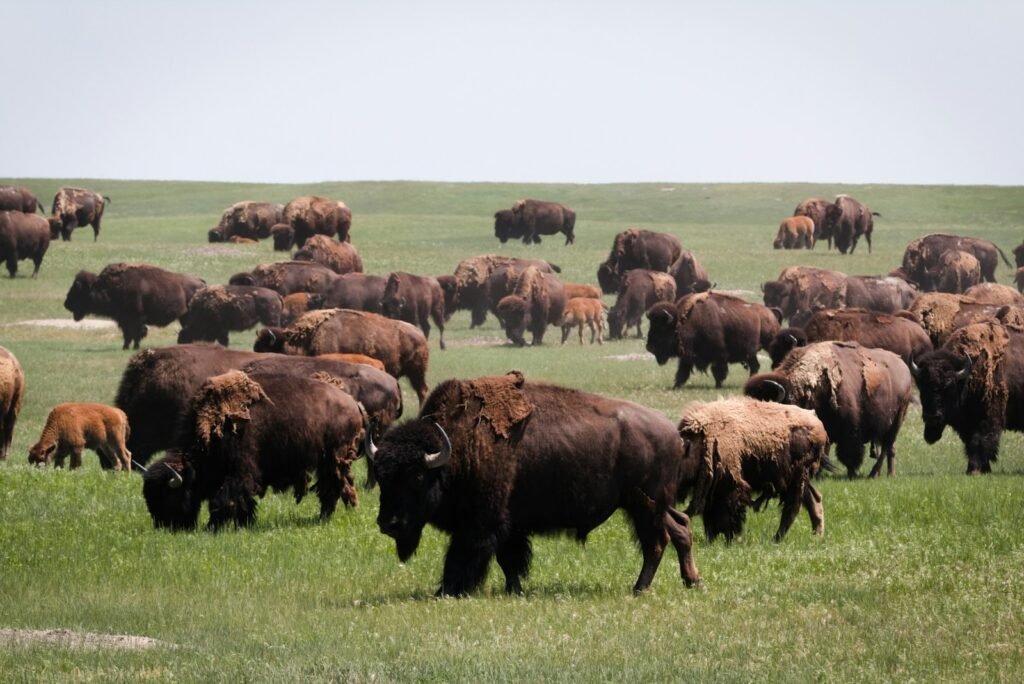
Taxonomically speaking, bison, cattle, and buffalo all belong to the family Bovidae, which includes approximately 140 species of cloven-hoofed, ruminant mammals. However, deeper classification reveals important distinctions. American bison (Bison bison) and European bison (Bison bonasus) belong to the genus Bison, while domestic cattle (Bos taurus) belong to the genus Bos. True buffalo species are classified as the African buffalo (Syncerus caffer) and the Asian water buffalo (Bubalus bubalis), each belonging to its own distinct genus. This taxonomic arrangement reflects evolutionary relationships, with animals in the same genus being more closely related than those in different genera. The closer taxonomic placement of Bison to Bos, rather than to Syncerus or Bubalus, provides the first clue to the closer evolutionary relationship between bison and cattle.
Genetic Evidence of Relatedness
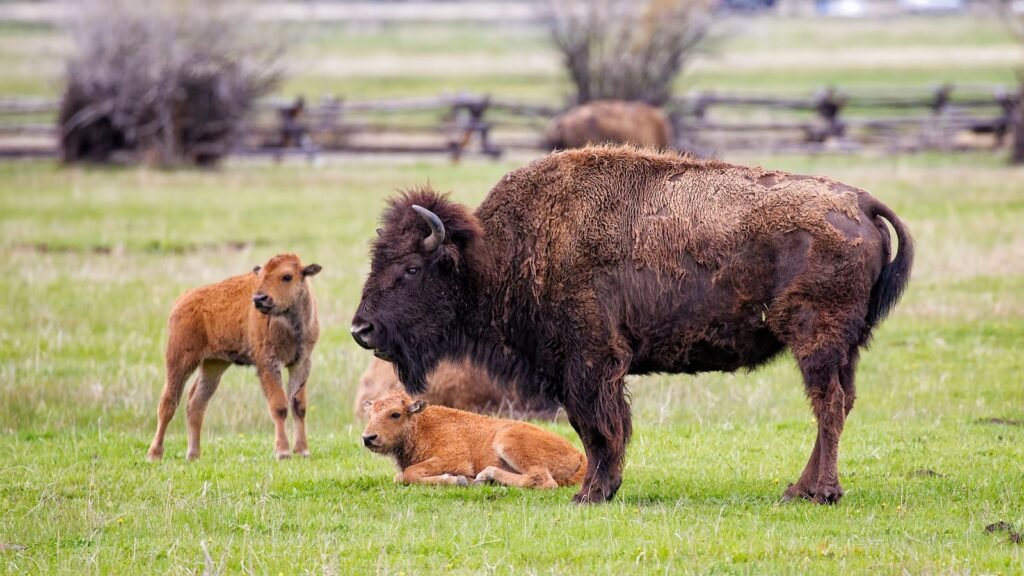
Modern genetic analysis has provided compelling evidence for the close relationship between bison and cattle. Studies comparing mitochondrial and nuclear DNA reveal that bison and domestic cattle diverged from a common ancestor approximately 1 to 2 million years ago. In contrast, the lineages leading to African and Asian buffalo species split from the cattle/bison line much earlier—roughly 5 to 10 million years ago. These genetic findings confirm what taxonomists had suspected based on morphological characteristics: bison are indeed more closely related to our familiar domestic cattle than to the animals properly referred to as buffalo. In fact, bison and cattle are genetically similar enough that they can produce hybrid offspring (called “beefalo” or “cattalo”), although these hybrids often exhibit reduced fertility.
The Misnomer “Buffalo” in North America
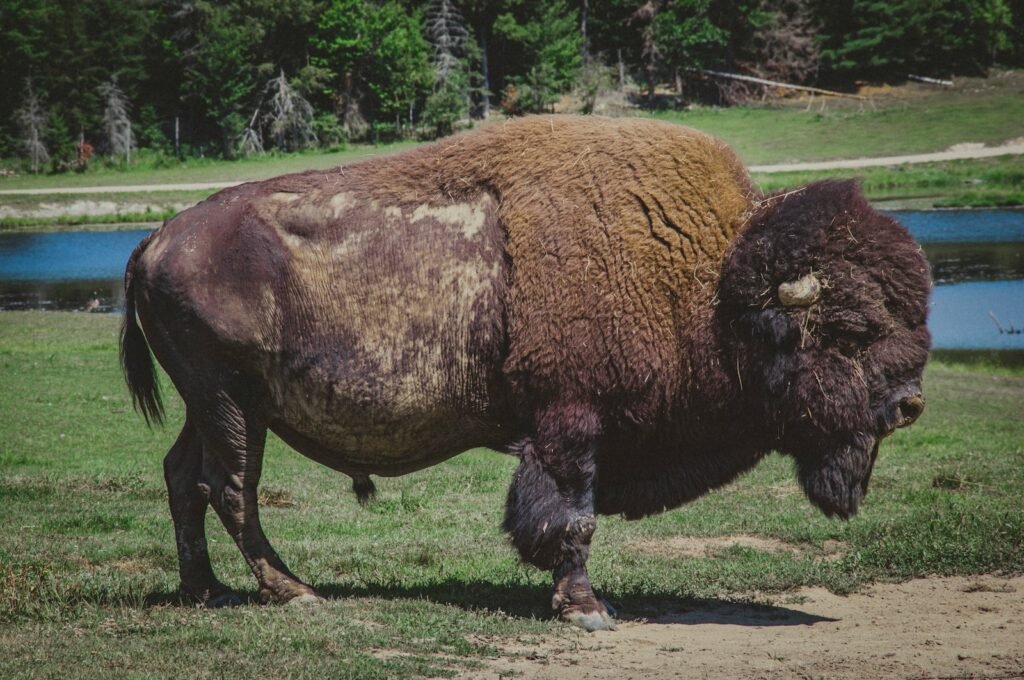
The confusion between bison and buffalo has deep historical roots in North America. When European settlers first encountered bison on the Great Plains, they used the term “buffalo” because of the superficial resemblance to the Old World buffalo species they knew from Africa and Asia. This misnomer stuck through common usage and became deeply embedded in American culture, appearing in everything from place names (like Buffalo, New York) to classic songs (such as Home on the Range with its famous line, “where the buffalo roam”). Despite scientific corrections, the term “buffalo” remains in popular use when referring to American bison, continuing to blur the distinction between these distinct bovine groups. The persistence of this terminology obscures the true evolutionary relationships among these animals and contributes to public misunderstanding about wildlife classification.
Physical Differences Between Bison and True Buffalo
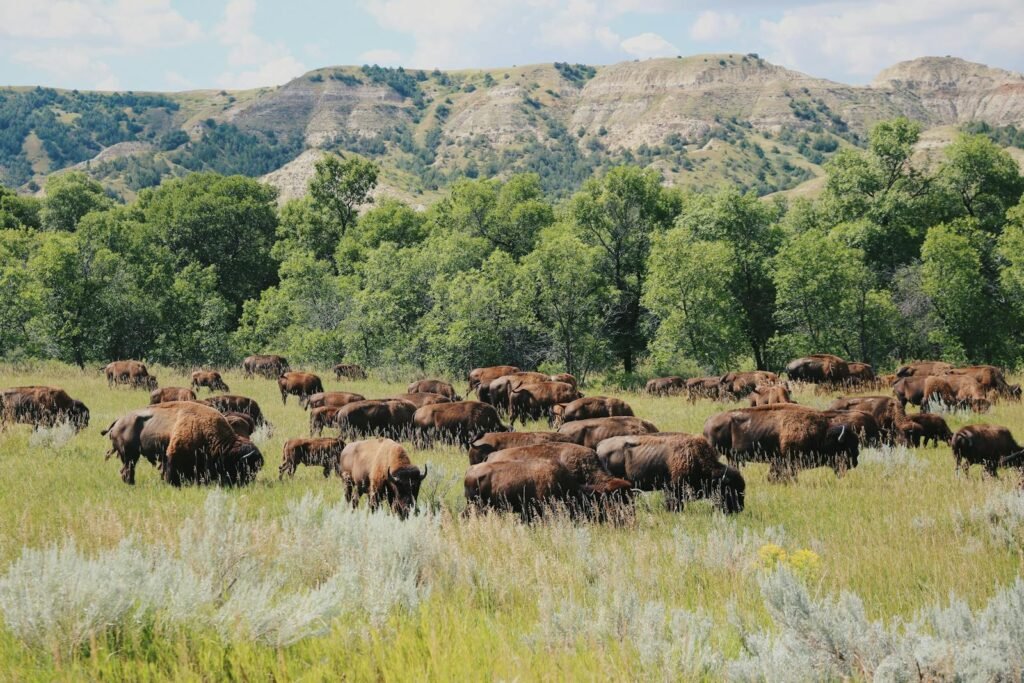
Bison and true buffalo species exhibit significant physical differences that reflect their distinct evolutionary paths. The American bison possesses a distinctive shoulder hump supported by elongated vertebral spines, a feature absent in true buffalo. Bison also have shorter, curved horns and a massive head with a shaggy beard—adaptations suited to survival in the harsh North American climate. By contrast, African Cape buffalo have distinctive, joined horns that form a continuous bony shield (called a “boss”) across their forehead, while Asian water buffalo possess long, curved horns that sweep back and to the sides. The thickness of their coats also differs significantly: bison develop thick, woolly coats for winter insulation, which they shed in warmer months, while true buffalo maintain shorter hair year-round, appropriate for their generally warmer native habitats.
Evolutionary Timeline and Common Ancestry
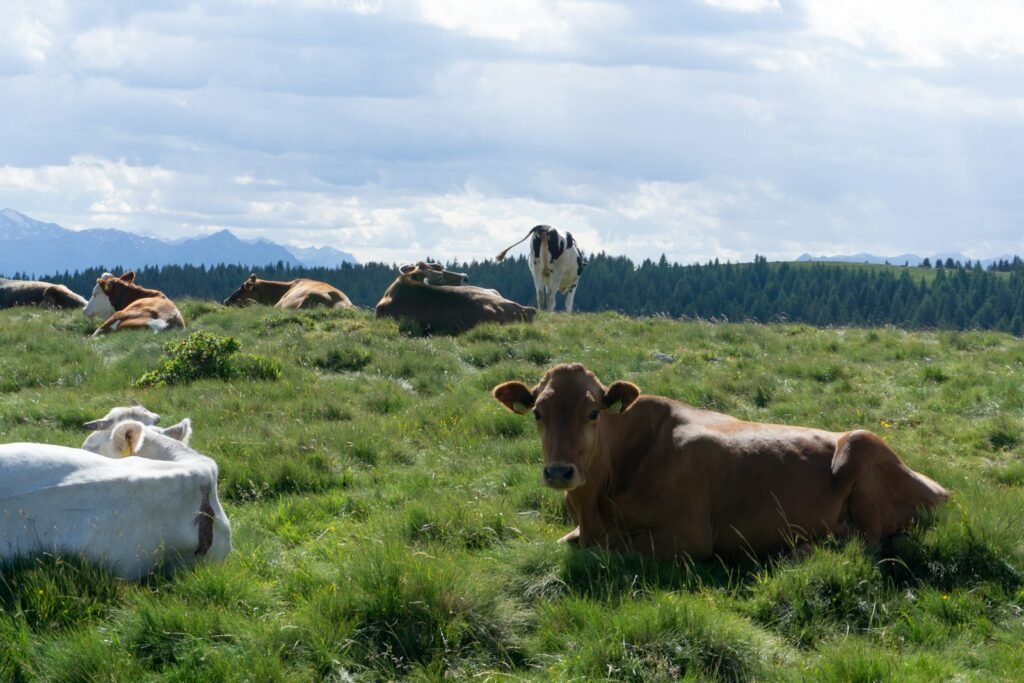
The evolutionary divergence between these bovine species occurred over millions of years through a branching process. The common ancestor of all modern bovines lived approximately 5 to 10 million years ago during the Late Miocene period. The buffalo lineages—leading to modern African and Asian buffalo—diverged first, adapting to the distinct environments of their respective continents. Later, approximately 1 to 2 million years ago, the ancestors of modern bison separated from the cattle lineage. This evolutionary timeline accounts for the closer genetic relationship and physiological similarities between bison and cattle. Fossil evidence supports this timeline: ancestral bison first appeared in Asia and later migrated to North America via the Bering land bridge during the Pleistocene epoch, approximately 400,000 years ago.
Shared Anatomical Features of Bison and Cattle
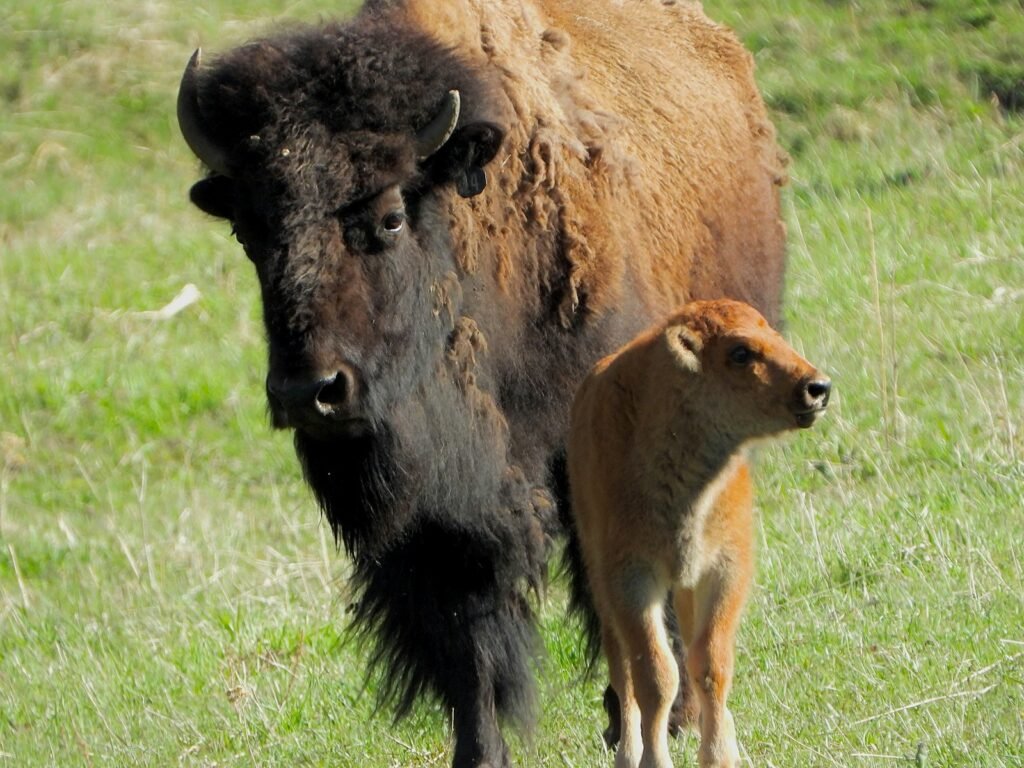
Beyond genetics, bison and cattle share numerous anatomical features that highlight their close evolutionary relationship. Both have 14 pairs of ribs, compared to the 13 pairs found in African and Asian buffalo species. The skeletal structure of the skull shows remarkable similarities between bison and cattle, particularly in the arrangement of facial bones and teeth. Both species also share a similar rumen-based digestive system optimized for processing grasses, though each has slight adaptations suited to its specific diet. Even their reproductive physiologies show striking parallels, with nearly identical gestation periods of approximately 9 to 9.5 months, whereas buffalo species typically have longer gestation periods of 10 to 11 months. These shared anatomical and physiological traits provide further evidence of the closer evolutionary relationship between bison and cattle.
Behavioral Similarities Between Bison and Cattle
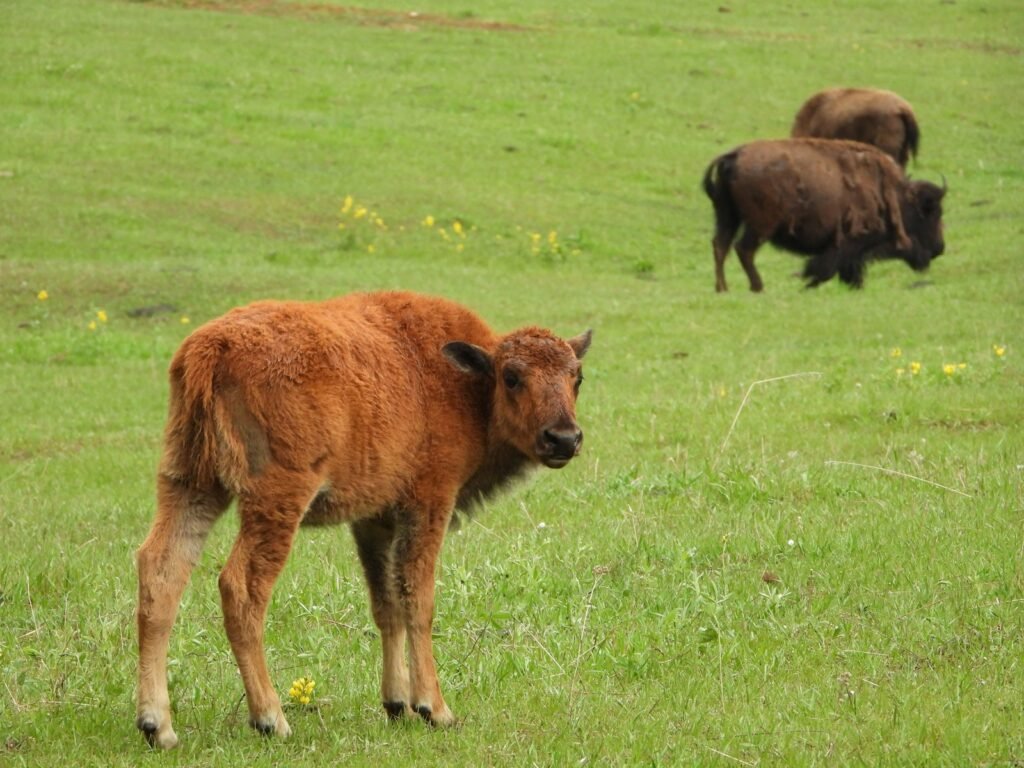
Behavioral patterns further illustrate the close relationship between bison and cattle, as opposed to true buffalo. Both bison and cattle form herds with similar social structures, including a dominance hierarchy that influences breeding rights and access to resources. Their communication methods show notable parallels, using similar vocalizations and body language to convey information within the herd. Both species exhibit similar grazing behaviors, moving continuously while feeding rather than staying in one spot. During breeding season, male bison and domestic bulls exhibit comparable behaviors when competing for mates, including displays of strength, vocalizations, and direct physical confrontation with rivals. These behavioral similarities reflect their shared genetic heritage and represent adaptations that have proven successful for both lineages.
Geographic Distribution and Evolutionary Pressure
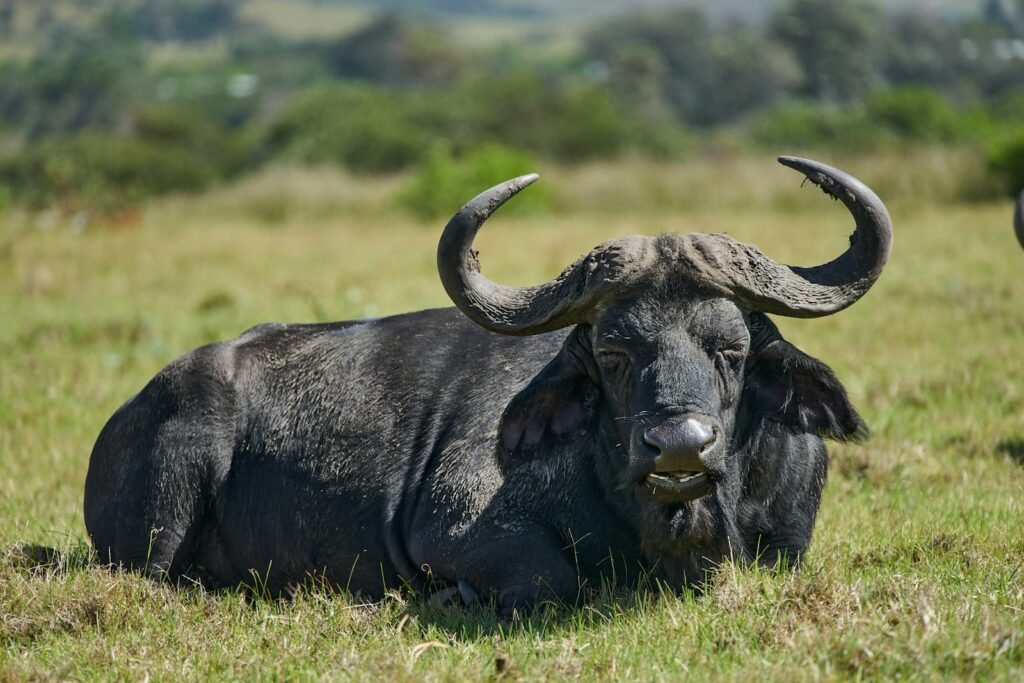
The geographic separation of these bovine species has played a crucial role in their evolutionary divergence. True buffalo evolved primarily in the tropical and subtropical regions of Africa and Asia, developing adaptations to hot climates and wetland environments. Bison, meanwhile, evolved to thrive in the temperate grasslands and cold winters of North America and parts of Europe. Domestic cattle share more ancestry with species adapted to Eurasian environments similar to those of bison. These varied environmental pressures shaped each species in different ways, with bison and cattle developing adaptations for surviving seasonal temperature extremes that buffalo species never needed to face. The geographic isolation between continents created the conditions for different evolutionary paths while allowing bison and cattle to retain greater genetic similarity due to their adaptation to more comparable environments.
Hybridization Capabilities as Evidence of Relatedness
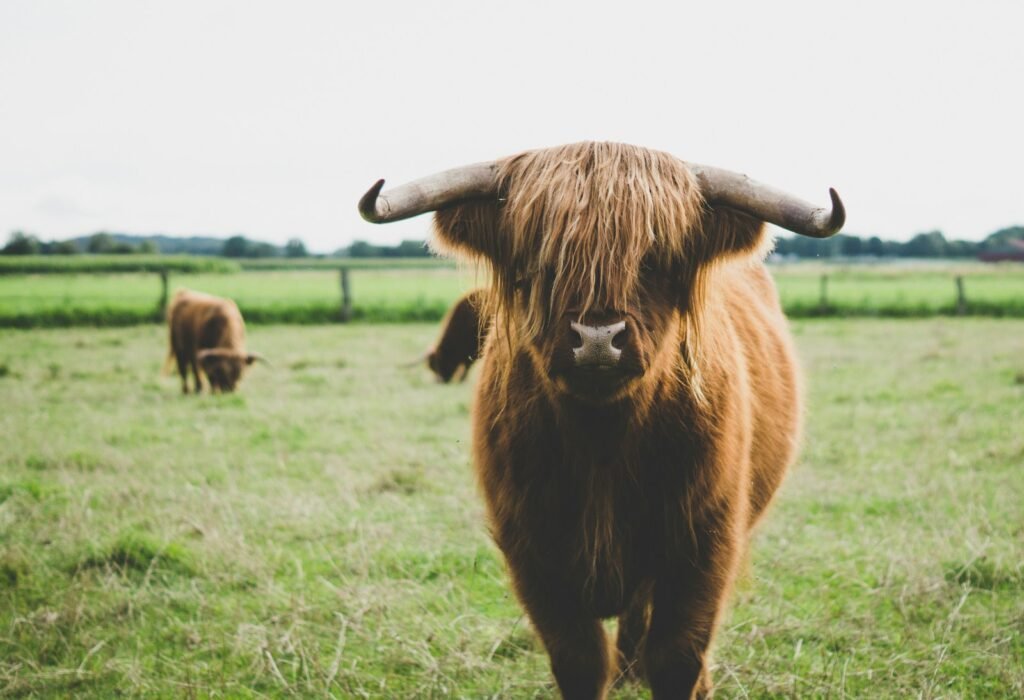
Perhaps the most compelling evidence of the close relationship between bison and cattle lies in their ability to hybridize. Bison and domestic cattle can interbreed to produce viable offspring called “beefalo” or “cattalo,” though these hybrids often display reduced fertility, particularly in males. This ability to hybridize demonstrates the genetic compatibility that persists between these species despite their evolutionary divergence. In contrast, attempts to hybridize either bison or cattle with true buffalo species are unsuccessful due to the greater genetic distance between them. Hybridization serves as a natural test of genetic relatedness and confirms what other scientific evidence suggests: bison and cattle share a much more recent common ancestor than either does with buffalo species.
Conservation Implications of the Bison-Cattle Relationship
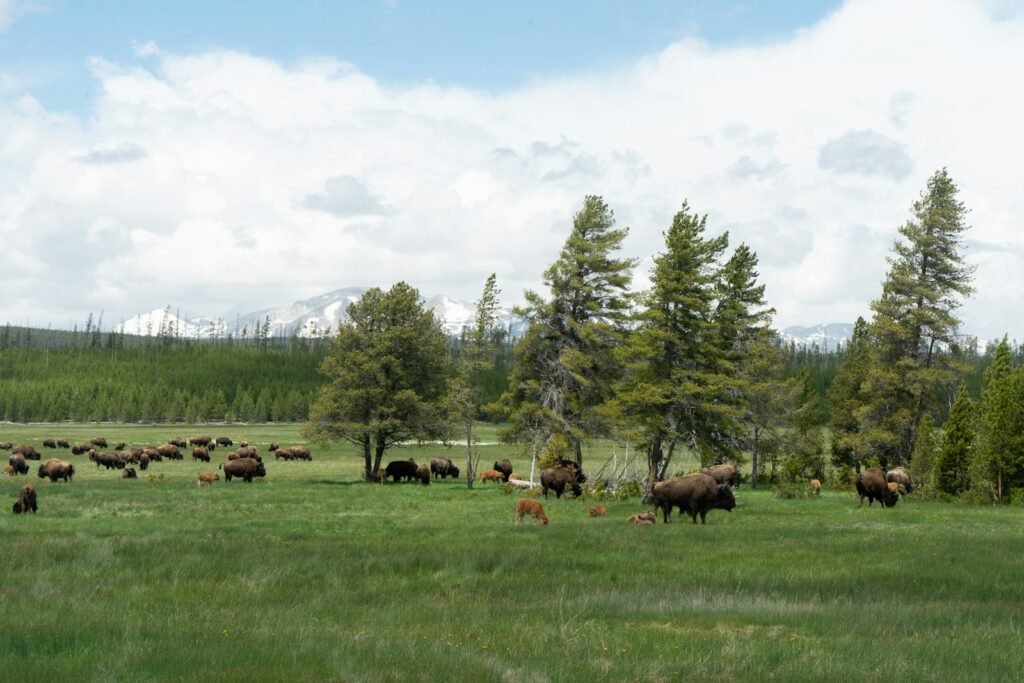
The close genetic relationship between bison and cattle has significant implications for bison conservation efforts. When American bison faced near-extinction in the late 19th century, some conservationists crossbred the remaining bison with cattle to preserve bison-like animals. This resulted in genetic introgression, with cattle DNA entering the bison gene pool. Modern conservation efforts now focus on protecting genetically pure bison, with genetic testing now used to identify animals free of cattle ancestry. The Department of the Interior considers bison with less than 1.5% cattle genetics eligible for conservation efforts, though truly pure bison remain exceedingly rare. This genetic crossover presents both challenges and opportunities for conservation biologists working to restore this iconic North American species while maintaining its genetic integrity.
Scientific Naming and Public Understanding
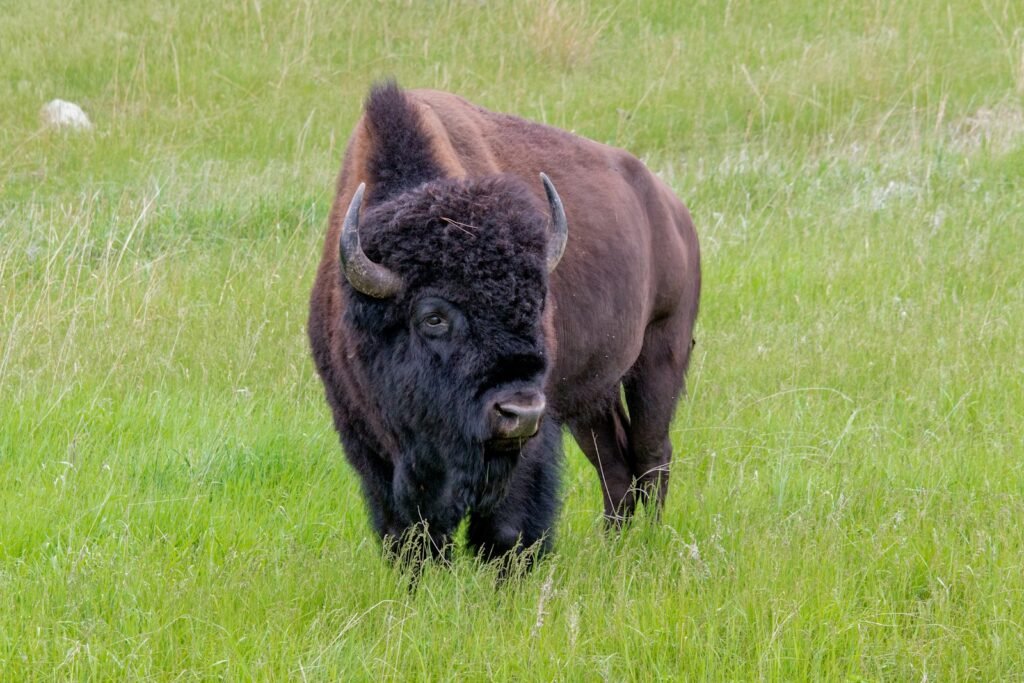
The scientific community has long recognized the distinction between bison and buffalo, but public terminology has been slower to change. The scientific name Bison bison was assigned to the American bison in 1758 by Carl Linnaeus, the father of modern taxonomy, acknowledging its proper classification. Despite this clear designation, the colloquial use of “buffalo” persists in North America due to cultural inertia and historical precedent. This confusion has real consequences for public understanding of wildlife, potentially hindering conservation efforts. Biologists and wildlife educators often must clarify this distinction when discussing the species, explaining that while “buffalo” may be culturally accepted in North America, it technically refers to different animals in scientific contexts.
Ecological Roles and Environmental Adaptation
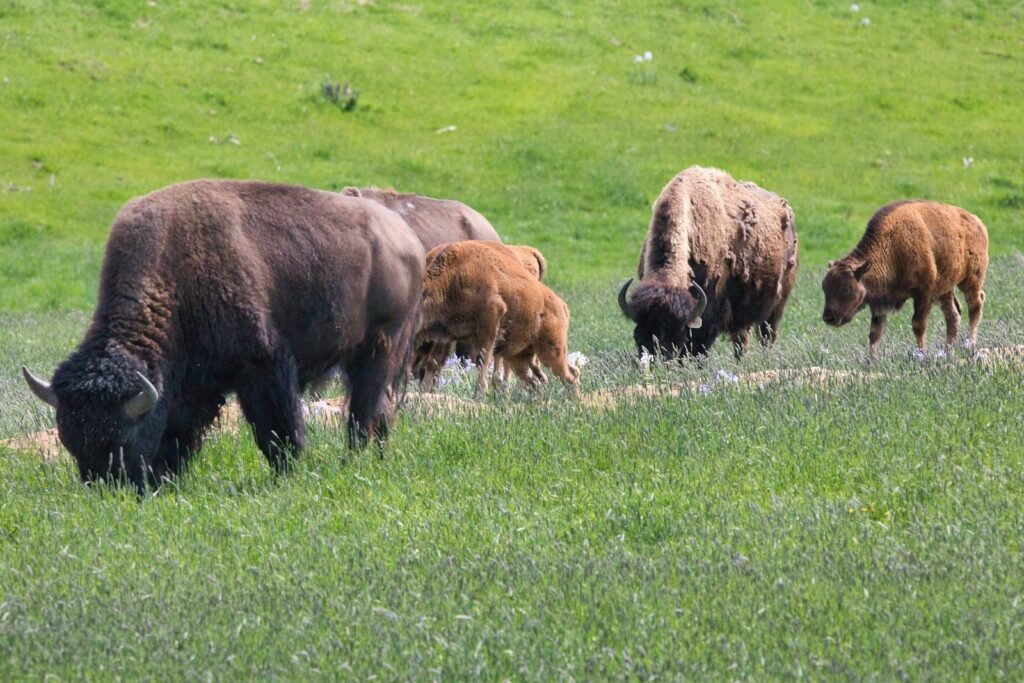
The ecological roles of bison, cattle, and true buffalo reflect their different evolutionary paths and adaptations. Bison evolved as keystone species in North American grassland ecosystems, where their grazing patterns, wallowing behavior, and movements create habitat diversity that benefits many other species. Their thick winter coats and powerful shoulder muscles for clearing snow demonstrate their adaptation to harsh continental winters. Cattle, domesticated from the aurochs, share many of these cold-weather adaptations, though selective breeding over thousands of years has modified their original traits. True buffalo, in contrast, evolved primarily as wetland specialists, particularly water buffalo, with adaptations for hot environments, such as sparse hair, mud-wallowing behavior for cooling, and features suited to aquatic habitats. These ecological specializations highlight how these related bovines adapted to different environmental niches while retaining evidence of their evolutionary relationships.
Cultural Significance and Naming Conventions
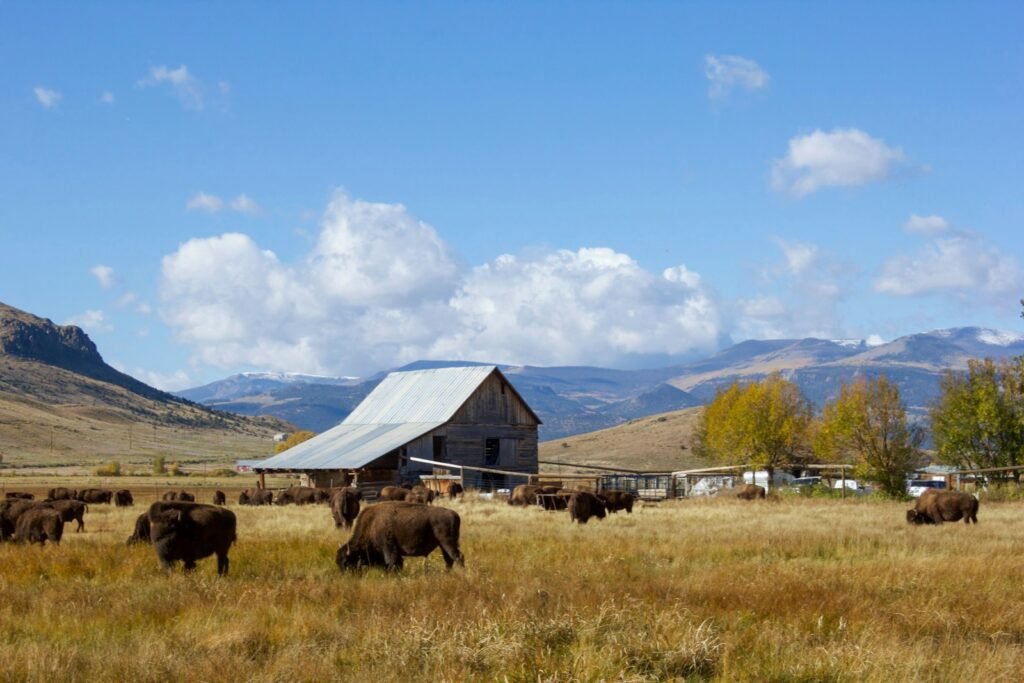
The cultural significance of these animals has influenced how we name and classify them in different societies. For indigenous North American peoples, the bison held central cultural, spiritual, and material importance, with many tribes using specific names that reflected its significance. When European settlers arrived, they applied familiar Old World terminology to New World animals, leading to the misnomer “buffalo,” which persists today. This cultural and linguistic conflation has been reinforced through literature, film, and popular culture, from “Buffalo Bill” Cody to sports team names. The scientifically accurate term “bison” has gained ground in formal contexts, but many cultural institutions, such as the Buffalo Nickel (minted 1913-1938) and the Buffalo Bills football team, continue to use the technically incorrect term. This situation demonstrates how cultural naming conventions can diverge from scientific classification, sometimes persisting for centuries despite their technical inaccuracy.
Conclusion
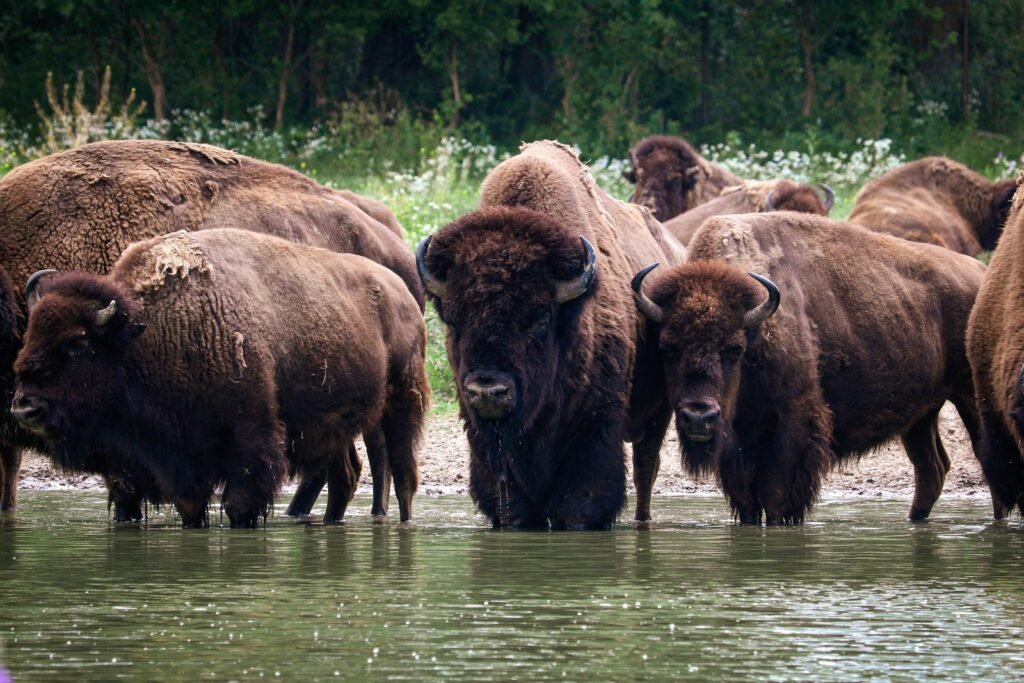
Understanding that bison are more closely related to cattle than to true buffalo gives us a clearer picture of bovine evolution and helps correct a long-standing misconception in popular culture. Evidence from genetics, physical characteristics, behavioral patterns, and hybridization capabilities all point to the same conclusion: despite being commonly called “buffalo” in North America, bison share a much more recent common ancestor with domestic cattle than with African or Asian buffalo species. This knowledge not only ensures scientific accuracy but also enriches our appreciation for these magnificent animals and their place in the natural world. As we work to conserve remaining bison populations and restore their ecological role in North American grasslands, recognizing their true evolutionary relationships informs better conservation decisions and deepens our understanding of biodiversity. The distinction between bison and buffalo may seem like a minor taxonomic detail, but it represents an important piece of our ongoing effort to comprehend and protect the natural world.





